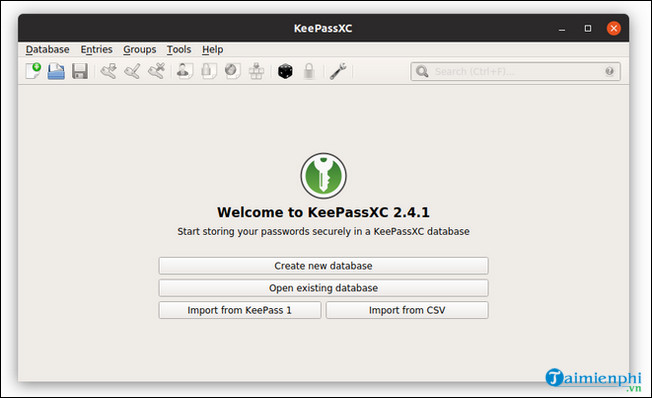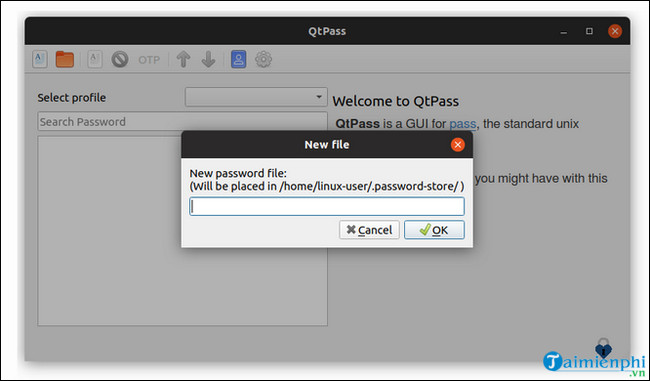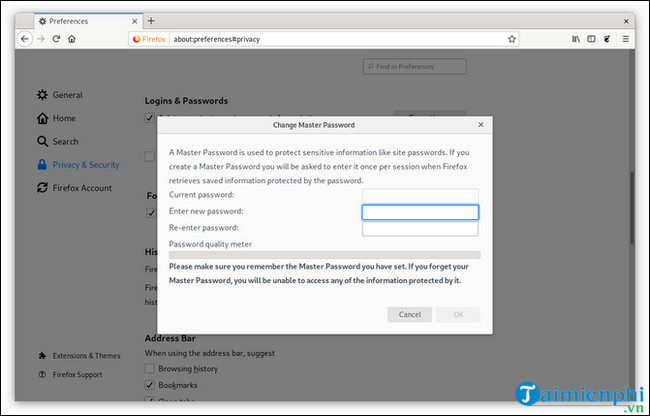Top best password managers for Linux
Are you looking for the best password manager for Linux? So let's continue reading TipsMake's article below to find the most effective password management software.
Top best password managers for Linux
KeePass stores all user passwords in an encrypted database and is stored in a single file on the user's computer. In particular, with KeePass, users can access and open files on any device containing the file by using a password, file key or a combination of both.

If you don't create new accounts often, you can manually copy files to open on other devices. Or you can set it up to automatically synchronize across Linux computers.
Download KeePass to your device and install it here.

How to use Password Safe is similar to a regular password manager. Users just need to create a "safe" to store all their passwords, then users can choose to set a password, an unlock file or both as the method to unlock the "safe". This.

Download Password Safe to your device and install it here.

QtPass is another password manager for Linux that you can check out. The QtPass application is designed to allow users to manage their passwords on their computer without having to use any additional commands.

Basically, QtPass is also integrated with the same features that you can find on the password managers that TipsMake mentioned above.
Download QtPass to your device and install it here.

Bitwarden is an open source web-based platform that allows synchronization of passwords stored on computers and mobile devices. In addition to the web-based version, Bitwarden is also available as an app for Linux, Android, iOS, and a browser extension. Bitwarden essentially stores passwords online, so users can easily access and use them across devices.
In addition, if you are worried about security issues, the application will encrypt and hash all user data, so you can have complete peace of mind.
Download Bitwarden to your device and install it here.

Most web browsers such as Firefox (pre-installed on Linux versions) or Chrome and Vivaldi have a built-in feature to automatically save and enter passwords when users access websites, synchronizing these passwords. on many different devices.

So the above article TipsMake has just reviewed for you some of the best password managers for Linux. Don't forget to share your opinions and reviews for TipsMake.
 How to change DNS for Ubuntu, Linux
How to change DNS for Ubuntu, Linux How to check MAC address on Linux
How to check MAC address on Linux Boot and run Ubuntu from the USB drive
Boot and run Ubuntu from the USB drive What is Linux Kernel? Application functions of Linux Kernel in computer systems
What is Linux Kernel? Application functions of Linux Kernel in computer systems What is Bash in Linux? What can it be used for?
What is Bash in Linux? What can it be used for? New free malware scanning tool for Linux
New free malware scanning tool for Linux